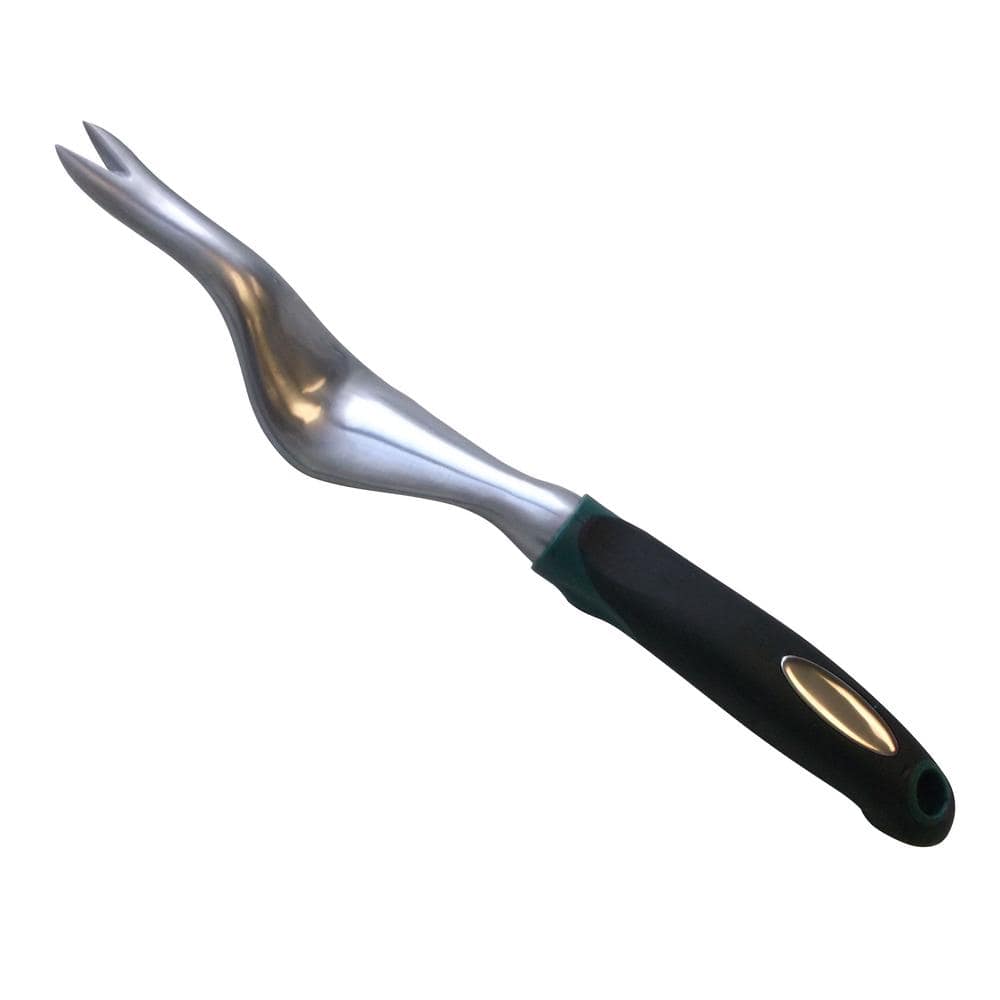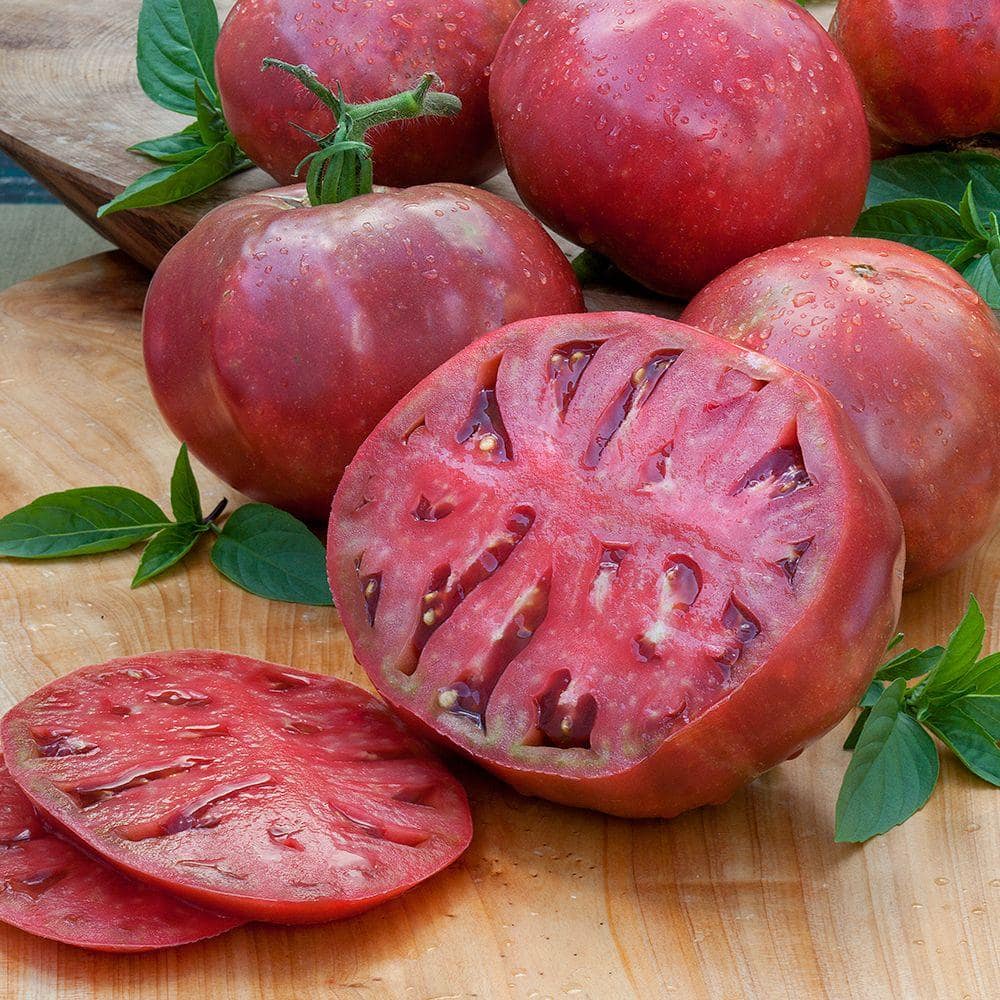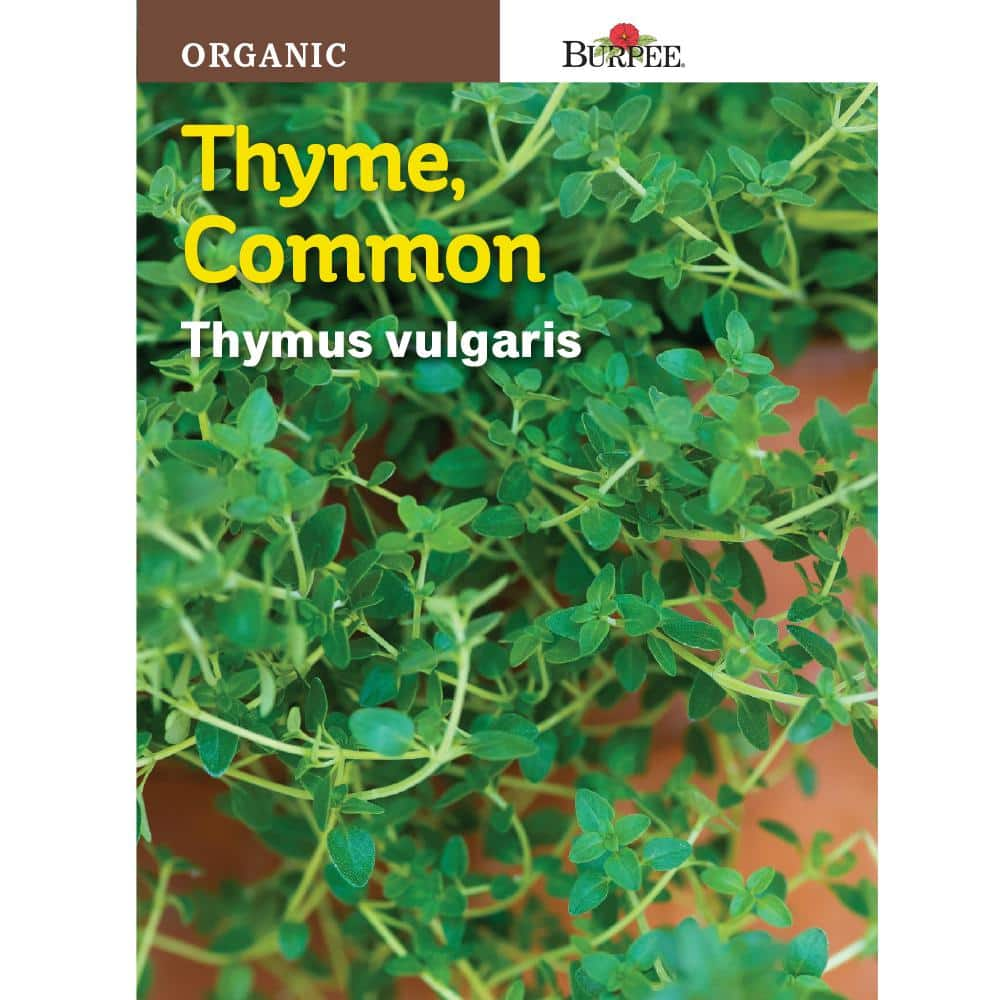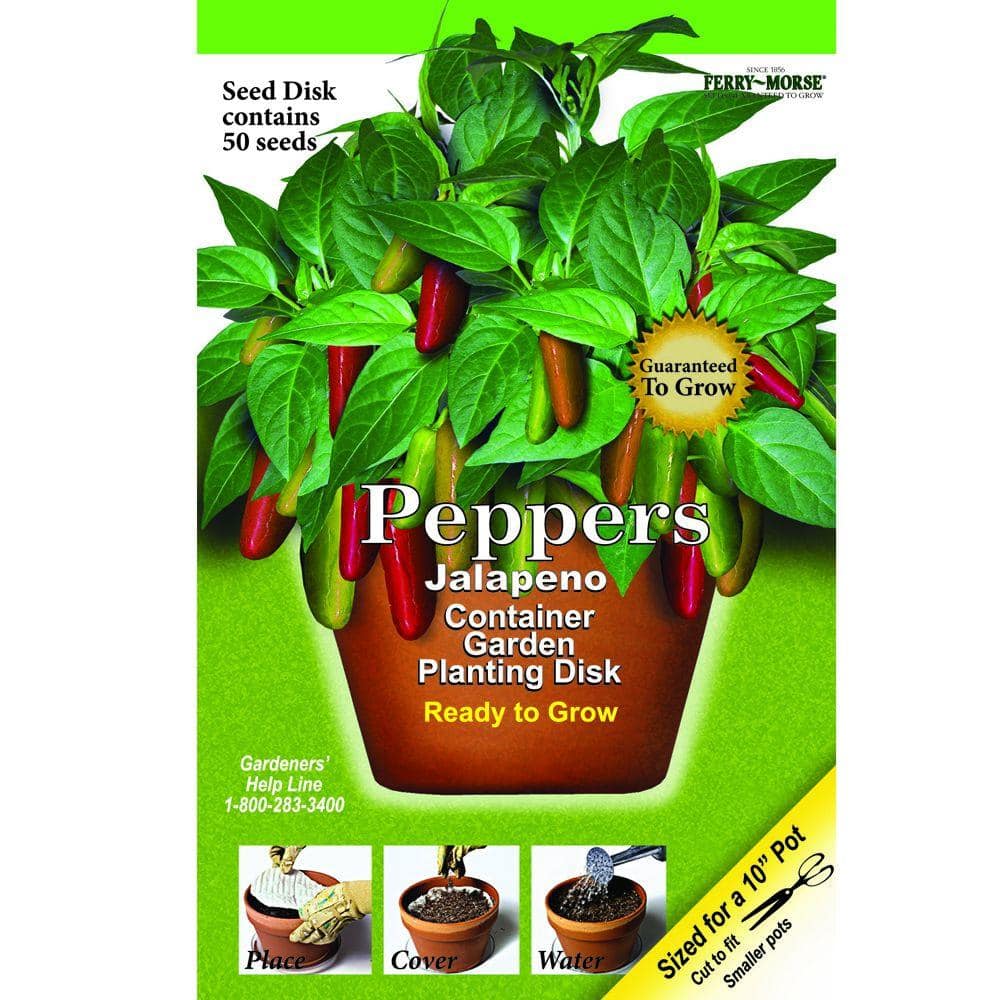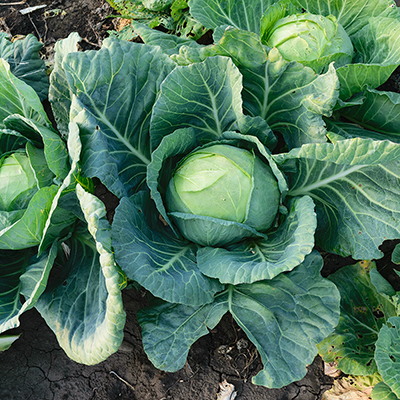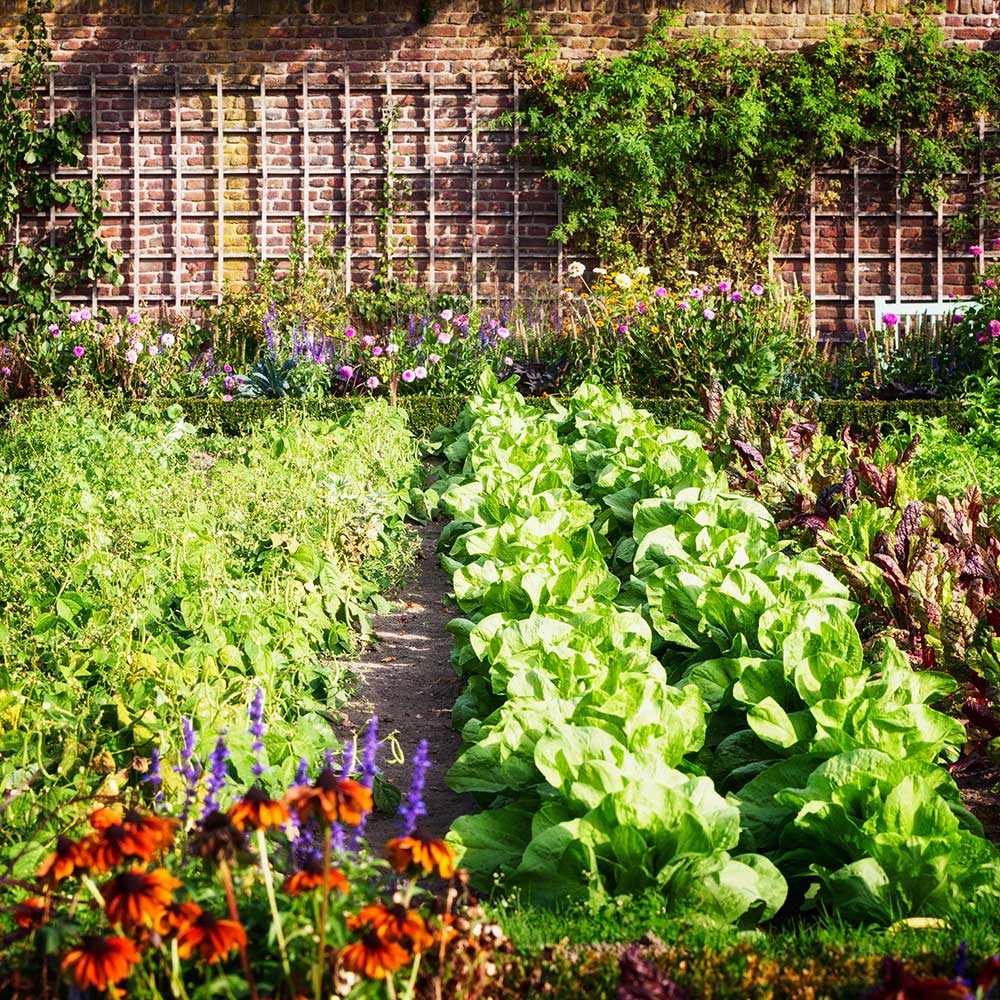Types of Squash

Last updated December 4, 2023
Squash is a versatile and healthy fruit. Yes, botanically speaking, squash is a fruit, but it is typically eaten as a vegetable. Related to ornamental gourds, squash comes in a variety of colors, shapes and flavors. Squash can be used in soups, pies, breads and side dishes.
This squash guide will show you the common varieties of squash, give you tips for growing them in your home garden and inspire you to use them in the kitchen.
Table of Contents
What is Squash?
Two Types of Squash
Summer Squash
Winter Squash
Tips for Growing Squash
What is Squash?
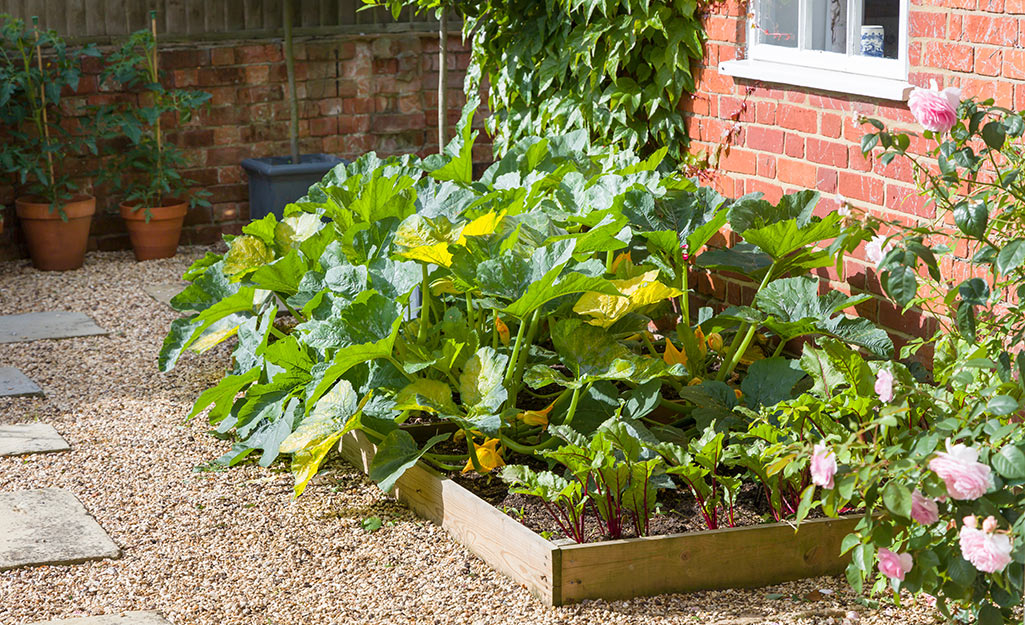
All squash is part of the cucurbita genus of herbaceous vines in the gourd family. The fruit of the squash plant is usually served as a cooked vegetable. The seeds, leaves, vines and blossoms may also be cooked and eaten. There are two main types of squash: summer and winter.
Summer squash is a tender, warm-season plant. It’s harvested before the rind hardens and the fruit matures. It grows on bush-type plants that grow upright and is quick growing. Winter squash is harvested when the fruit is fully mature, and the rind is hard. They are slow growing and are harvested in the late summer through the fall.
Two Types of Squash
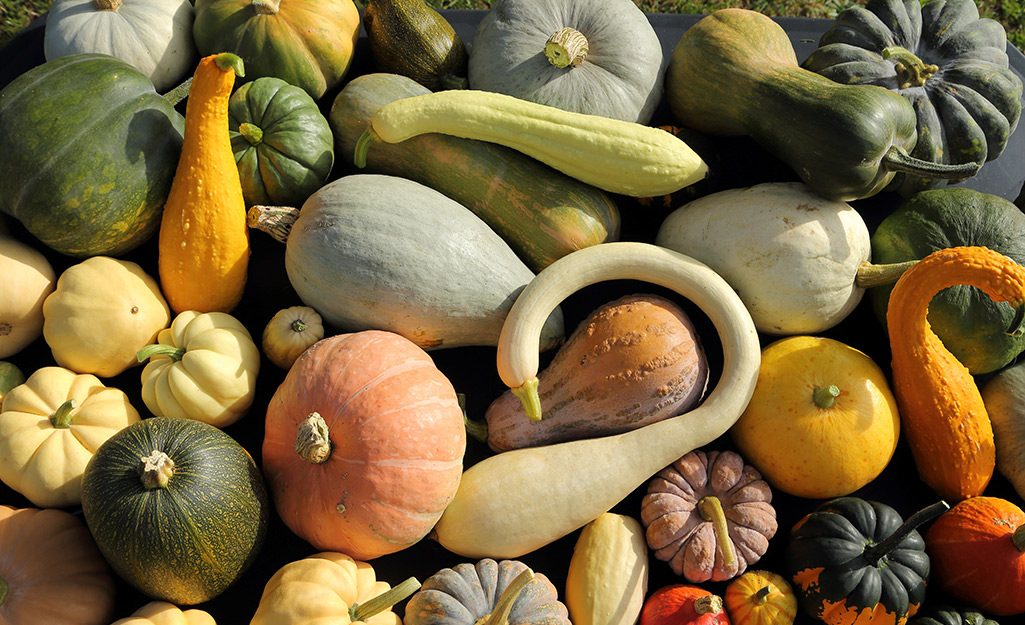
All squash are planted in late spring or early summer. The timeframe in which you harvest the fruit determines if they are summer or winter squash. Winter squash is harvested in the fall, not in the winter. Winter squash is named so because it can be stored all winter due to its hard shell. It’s easy to grow squash from seed in the home garden.
Squash is chock-full of vitamins and minerals such as vitamin A, thiamin, niacin, vitamin K, B6, beta carotene and folate. It is low in calories and is a very good source of dietary fiber and protein. In addition to all of its health benefits, squash is extremely versatile. It can be used to make soups, pies, breads and side dishes.
Summer Squash
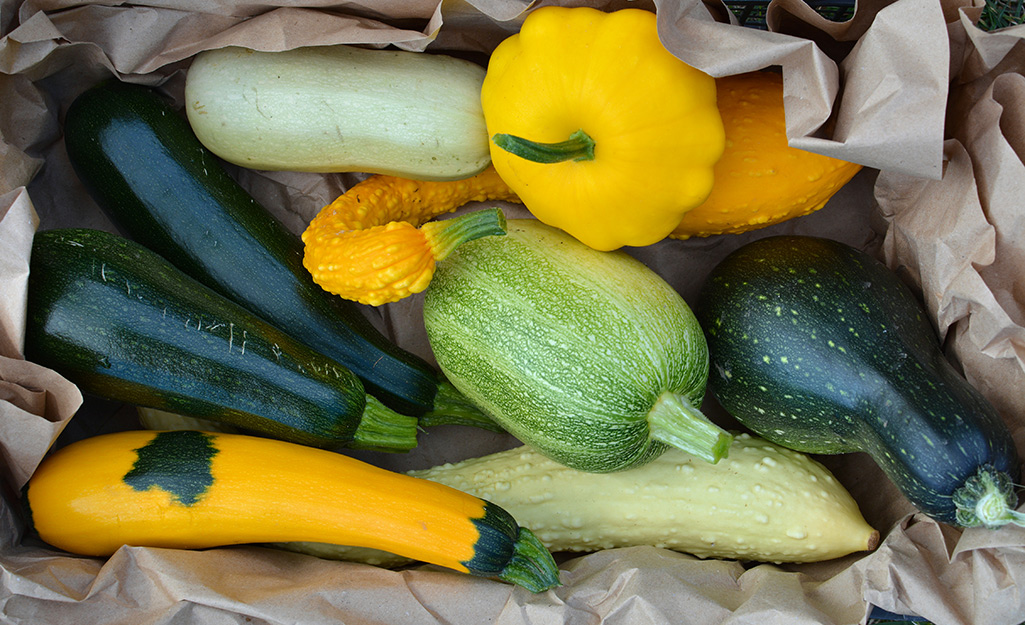
Unlike winter squash, these varieties of squash have soft, thin edible skin with varying density of flesh. They can all be eaten raw or cooked. Their flavor is mild and ranges from sweet to nutty. The difference in flavor among the varieties is subtle and most can be used interchangeably in dishes.
Yellow Squash:
- Yellow squash comes in two varieties: straight neck and crook neck. Both varieties have fatter bottoms and taper towards the neck. They have smooth to slightly bumpy, thin skin and creamy white tender flesh with larger seeds. Yellow squash can play in both sweet and savory dishes. Use yellow squash as you would use zucchini. Squash is lovely grilled with olive oil and sprinkled with Parmesan cheese. The next time you get a bumper crop of these prolific growers, make a Southern favorite – yellow squash casserole.
Zucchini:
- This summer squash variety is the most popular of all summer squash. It is ideal for both savory and sweet preparations. Zucchini are versatile; you can fry them, sauté them, turn them into “pasta ribbons” or even eat them raw. There are several varieties of zucchini. A popular heirloom variety, Costata Romanesco, is renowned for its flavor and texture. For a quick, no fuss side dish, sauté sliced zucchini in olive oil with fresh garlic, salt and pepper. Other delicious ways to cook zucchini include Parmesan chips, fritters, shaved-squash salad and quick bread.
Cousa:
- Cousa squash is shorter and stockier than zucchini with a mix of pale and medium green striations. It has a thin skin with a light texture and tastes more like a yellow squash than a zucchini. It’s great for stuffing, stir fries and pickling.
Pattypan:
- This little squash resembles a mini flying saucer. Pattypan squash is small, round and flat. They can be yellow, white or green. This squash is versatile and makes for some delicious summer recipes. It can be grilled, fried or oven-roasted. Pattypan squash impart a slight buttery flavor and tend to be meatier than zucchini and yellow squash. They’re slightly denser and have a little more crunch than other summer squash. Try roasting them with shallots and herbs with a good bit of olive oil for an easy side dish. Slice them for a quick sauté, or stuff the larger ones with a tasty filling.
Tromboncino:
- Tromboncino is one of the few winter squash varieties that is harvested as a summer squash. Although it can be left to harden as any other winter squash, it actually has more flavor when eaten in the summer. It has a sweeter flavor than zucchini and the long neck is seed-free. Use in place of zucchini in recipes.
Zephyr:
- This squash is a hybrid of yellow crookneck, Delicata and yellow acorn squash. It inherits the best qualities from its parents: firm flesh, a long, cylindrical pale-yellow body and a distinct bottom portion that can vary in hue from pale to deep green. Use Zephyr as you would use other summer squash.
Winter Squash

Pumpkins and gourds may be the most popular of all winter squash. However, there are other versatile, vividly colored and flavorful varieties to liven up cold-weather meals. Winter squash are sweeter, denser and firmer in texture than summer squash. They take well to a variety of seasonings and are often used in soups, casseroles and desserts.
Acorn:
- Named after the acorn for its similar shape, this squash features a mild, slightly sweet flavor that’s perfect for roasting. The acorn squash is dark green with a firm, yellow flesh and makes a great vessel for stuffing.
Banana:
- It may resemble the tropical fruit in shape and color, but that’s where similarities end. Banana squash has bright orange, dense flesh. It is an excellent substitute for butternut.
Blue Hubbard:
- Known for its lumpy, bumpy texture and unusual grey-blue skin, Hubbard is one of the thickest-skinned squash varieties. Because of its thick skin, it has a long shelf life. Hubbard squash are high in moisture and possess a rich, sweet yellow flesh. They make an excellent substitute for pumpkin in sweet dishes. For a simple side dish, serve them mashed with a bit of brown sugar and cinnamon.
Buttercup:
- Sometimes confused with Kabocha squash, Buttercup is a compact squash with paler green striations. Fresh, uncooked Buttercup smells like a clean, fragrant cucumber. Once cooked, its orange flesh becomes dense, a tad dry and has a mild flavor. The squash works best roasted or mashed with a drizzle of maple syrup and butter.
Butternut:
- This popular winter squash variety features a rich, orange flesh and a delicate sweetness. It's one variety that's found year-round in almost any grocery store. It’s perfect for butternut squash soups, risotto, gnocchi and ravioli.
Carnival:
- This squash is a cross between an acorn and sweet dumpling squash. It’s the perfect combination of sweet and mild flavor. Use the carnival squash in soups or spiced and baked as a side dish.
Delicata:
- The Delicata squash is long and slender with thin, edible skin similar to summer squash. Its flesh has a creamy texture similar to sweet potato, but with an earthy flavor. Delicata is wonderful baked, sautéed, steamed or stuffed.
Kabocha:
- Kabocha is the Japanese word for “squash”. This squat, green squash features a nutty, earthy flavor with just a touch of sweetness similar to chestnuts. It has a moist, fluffy texture and pairs well with ginger. Use this squash in soups, or mashed and baked in pies and cakes. There is also a Red Kabocha variety that has richer flavor and texture.
Red Kuri:
- This popular Japanese squash variety is known for its creamy and sweet golden yellow flesh and deep orange skin. Red Kuri features a gentle chestnut flavor. It’s great in soups or tossed with olive oil and roasted.
Spaghetti:
- Anyone who is trying to cut carbs knows that spaghetti squash is an excellent pasta substitute. Once baked, the fruit comes away from the skin in strands that look like spaghetti. The ribbon-y strands are ideal for absorbing a cheese or a sauce.
Sweet Dumpling:
- Similar in taste to a sweet potato, Sweet Dumpling is delicious when baked, roasted, mashed or used in soups. It’s the perfect size to be hollowed out and used as soup bowls, or stuffed.
Sugar Pumpkin:
- Not all pumpkins are cultivated for eating. The large varieties used for Jack-o'-Lanterns are more shell and lack any sufficient flesh for cooking. However, sugar pumpkins are prized for their classic rich pumpkin flavor and their thick, flesh-packed walls. To make homemade pumpkin puree, cut them in half, lightly toss with vegetable oil and cook them on a baking sheet until the flesh is soft. Scoop out the flesh and puree in a food processor. Use the pumpkin puree in any of your favorite pumpkin themed recipes.
Tips for Growing Squash
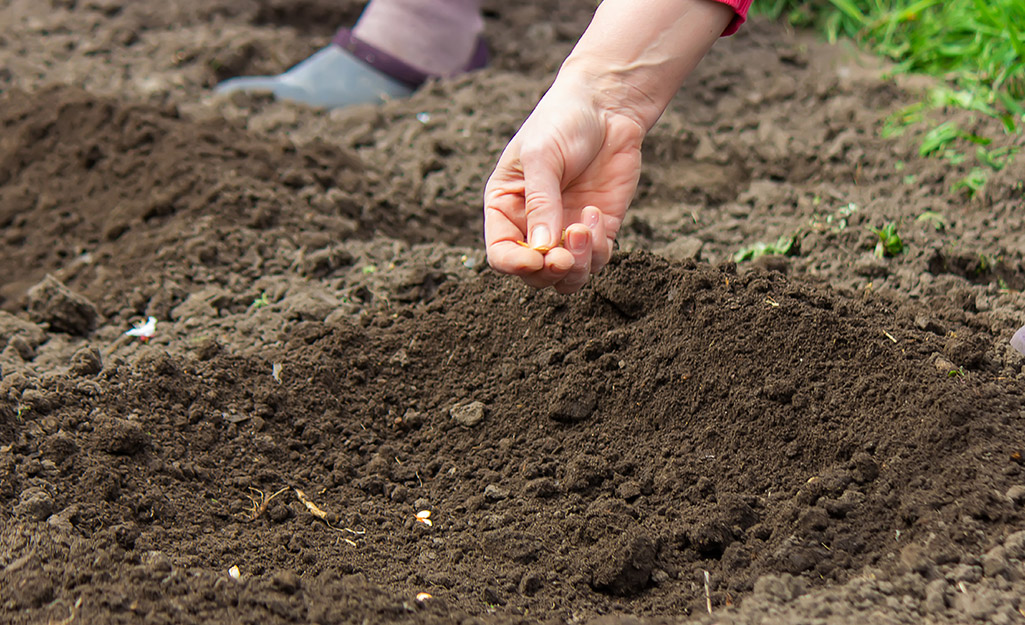
Squash is easy to direct sow in spring, after the last frost in your area. You can also purchase seedlings to transplant into your garden for a quicker harvest.
Planting:
- Choose a full sun site with 6 to 8 hours of sunlight to grow squash.
- Squash plants spread, so plan to give them room to grow. Vining types need more room than the bush types.
- Amend soil with good quality organic compost before planting.
- Sow seeds according to package directions, after the last frost in spring.
- Plant squash seeds in hills according to the packet, but usually 5 to 6 seeds 1 inch deep per hill, with hills 18 to 48 inches apart on rows 3 to 8 feet apart.
- Water the newly planted seeds, when seedlings emerge, thin to 3 plants per hill.
- Use the days to maturity on the package to plan succession crops you can harvest before the first frost in fall. Use this frost date calendar to help determine when to plant.
Care:
- Vegetables need about an inch of water a week in summer. Water more often if the plant wilts in the heat.
- Use an organic fertilizer or top dress with organic compost.
- Keep weeds down by using a hoe, and also mulch around the plants. Mulch will help the soil retain moisture, too.
Pests and Diseases:
- Squash are affected by some pests and diseases. You can treat mildew with fungicide products. To prevent squash vine borers, spray with Bt (Bacillus thuringiensis). Squash bugs and cucumber beetles can damage squash plants, as well. Learn treatments for pests in the Weed and Pest Problem Solver Tool.
Harvest:
- Harvest summer squash when the fruits are small and tender. Use a sharp garden knife to cut the stem from the plants. Summer squash plants can be prolific, and at the height of the season, you may be harvesting every day.
- Winter squash are ready when the skin is hard, the fruit is full-sized and the bottom of the fruit is creamy or orange-colored. Use a sharp knife or snips to cut winter squash from the vine.
Both summer and winter squash are fun to grow and a delicious way to add variety to your meals. Use this squash guide to help you identify and find inspired ways to use them in your recipes.
Whether you need the right planters, seeds or potting soil, The Home Depot delivers online orders when and where you need them.


